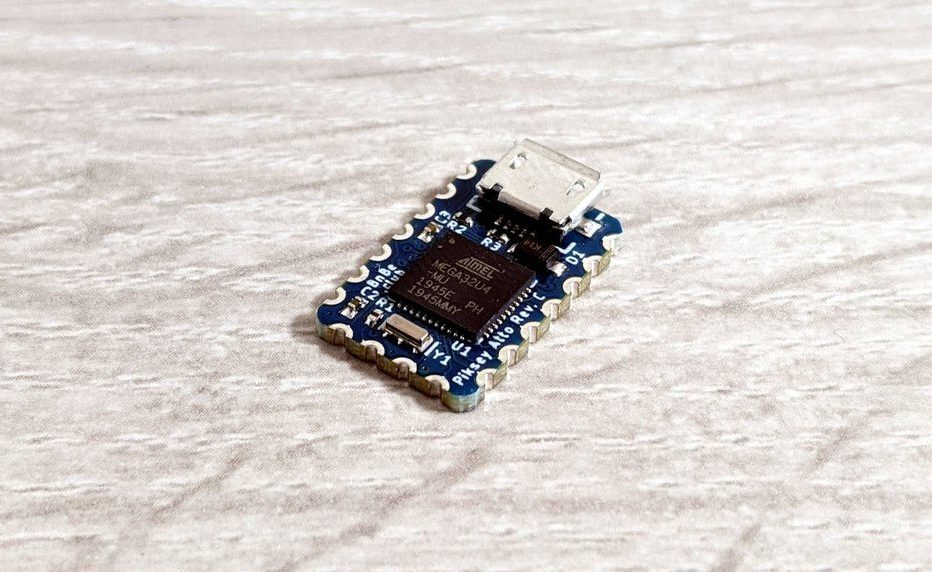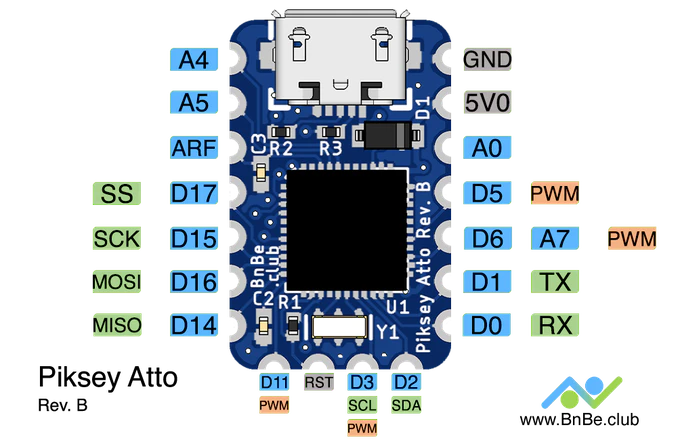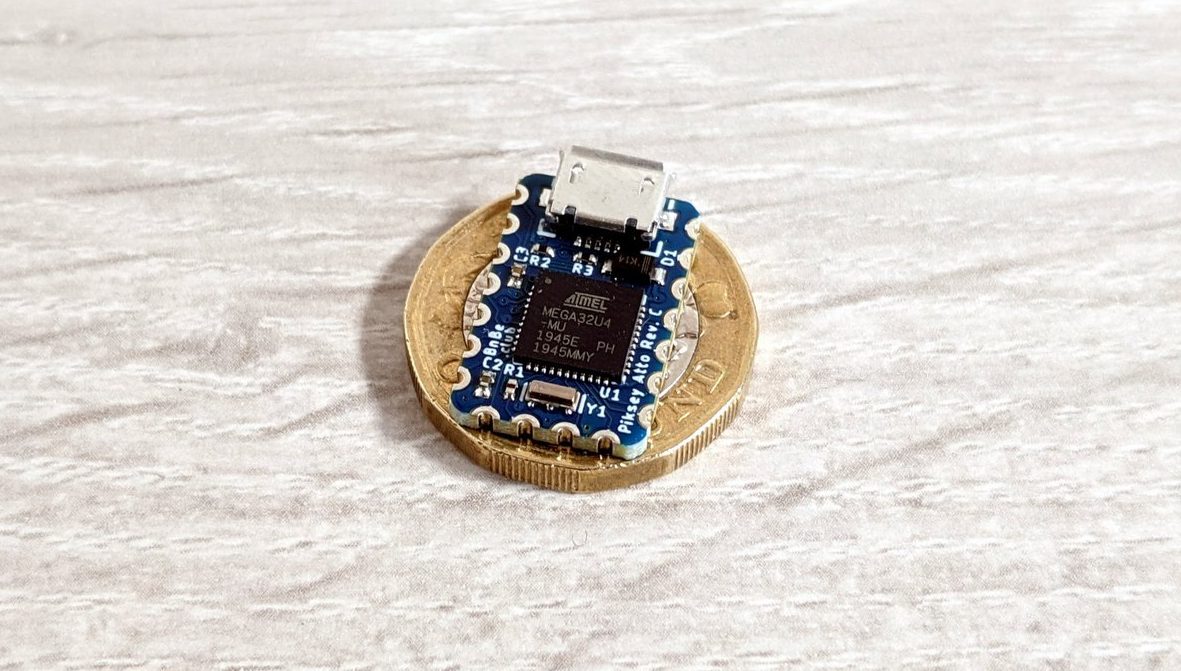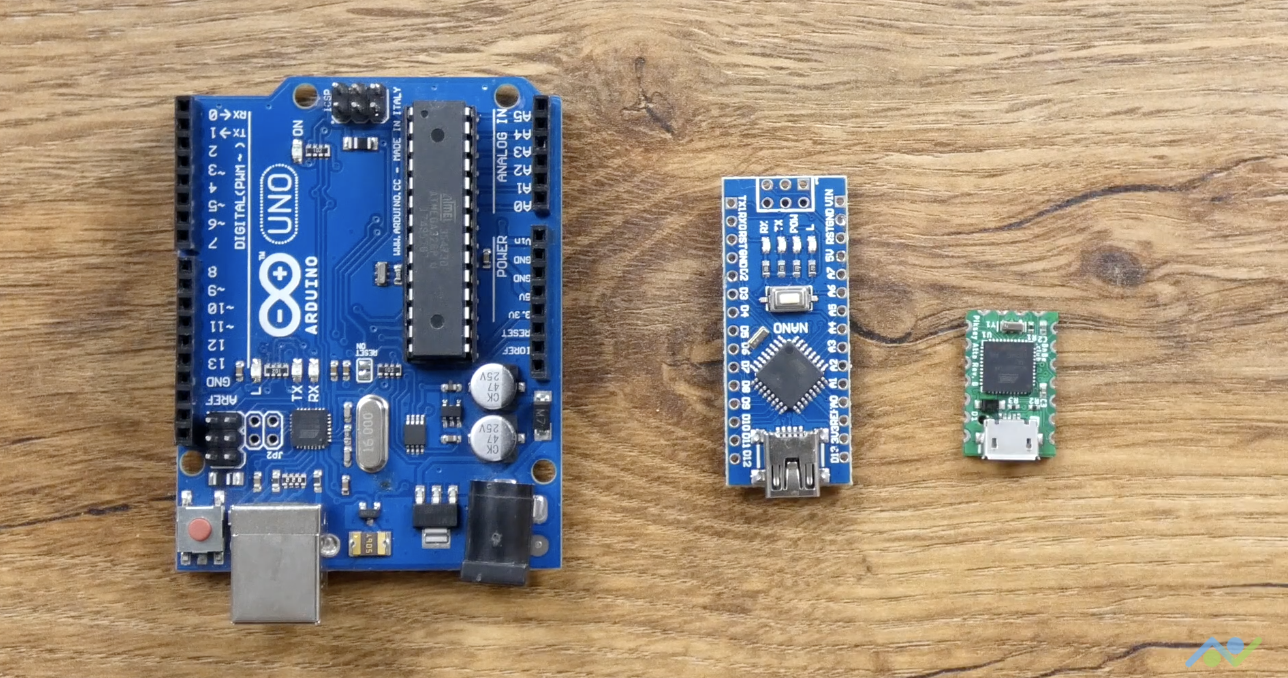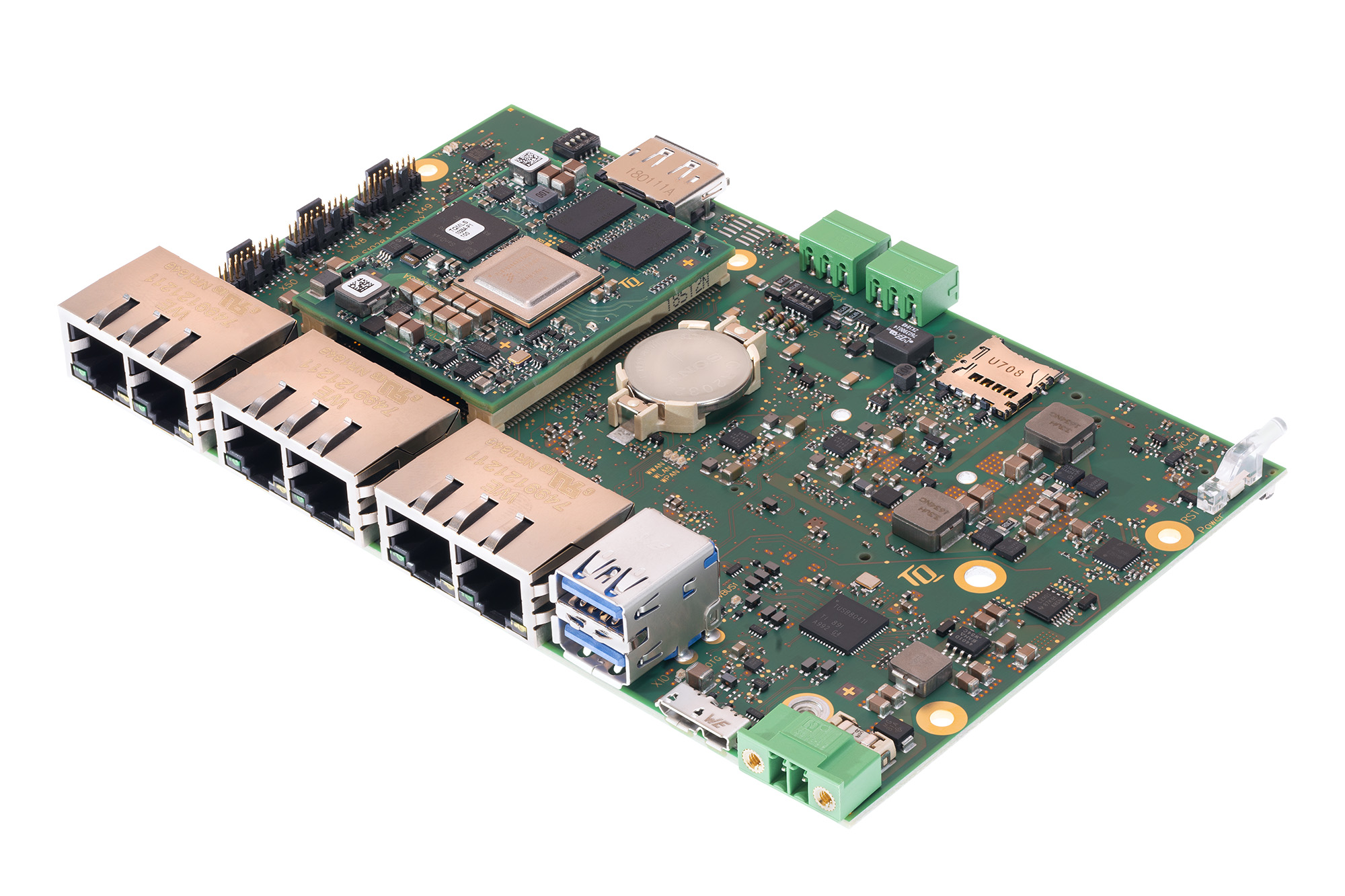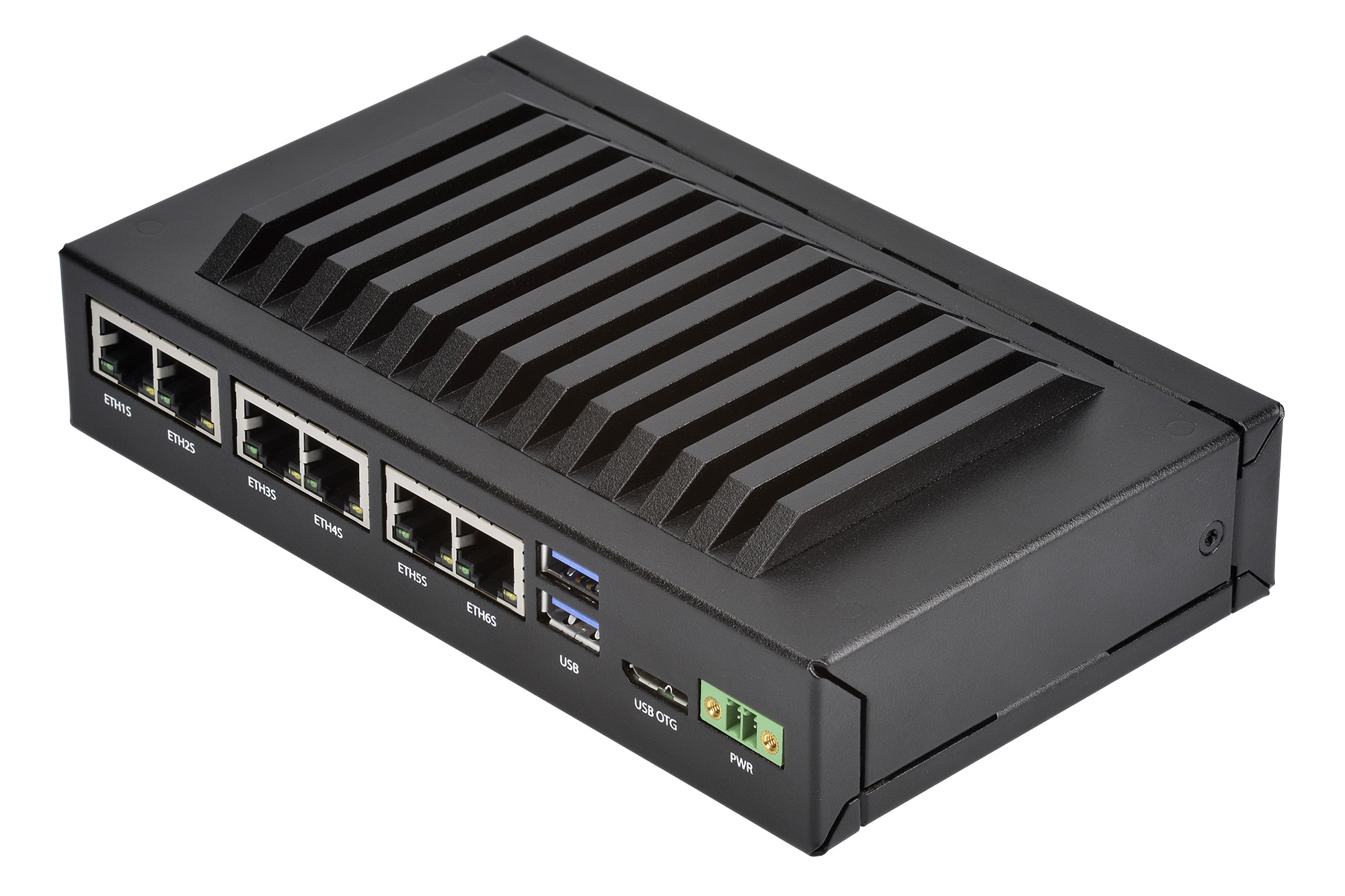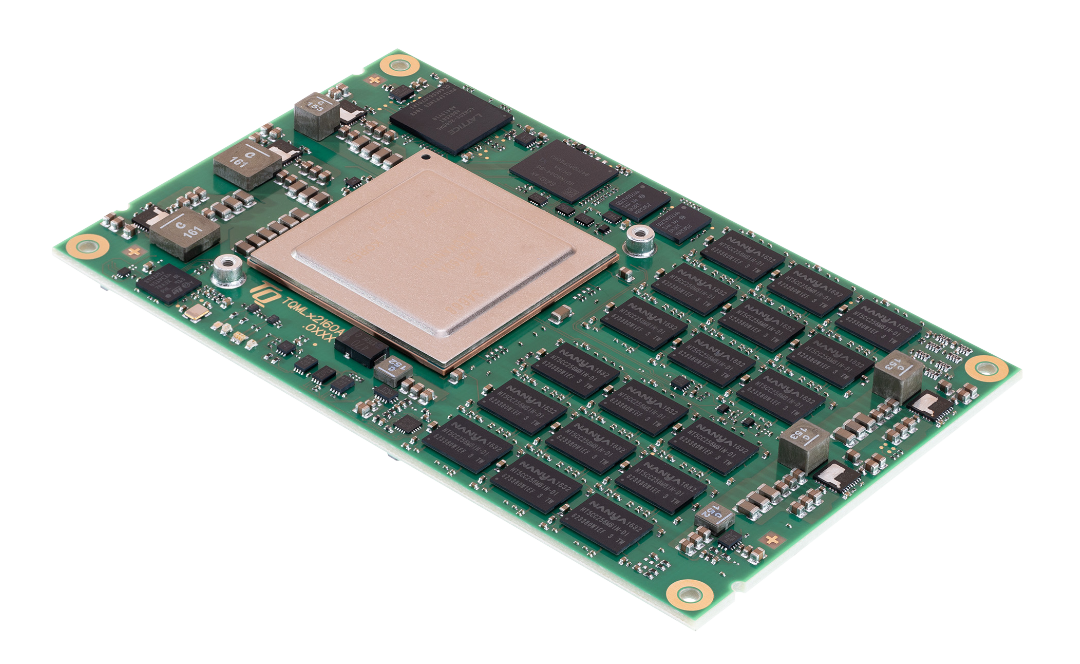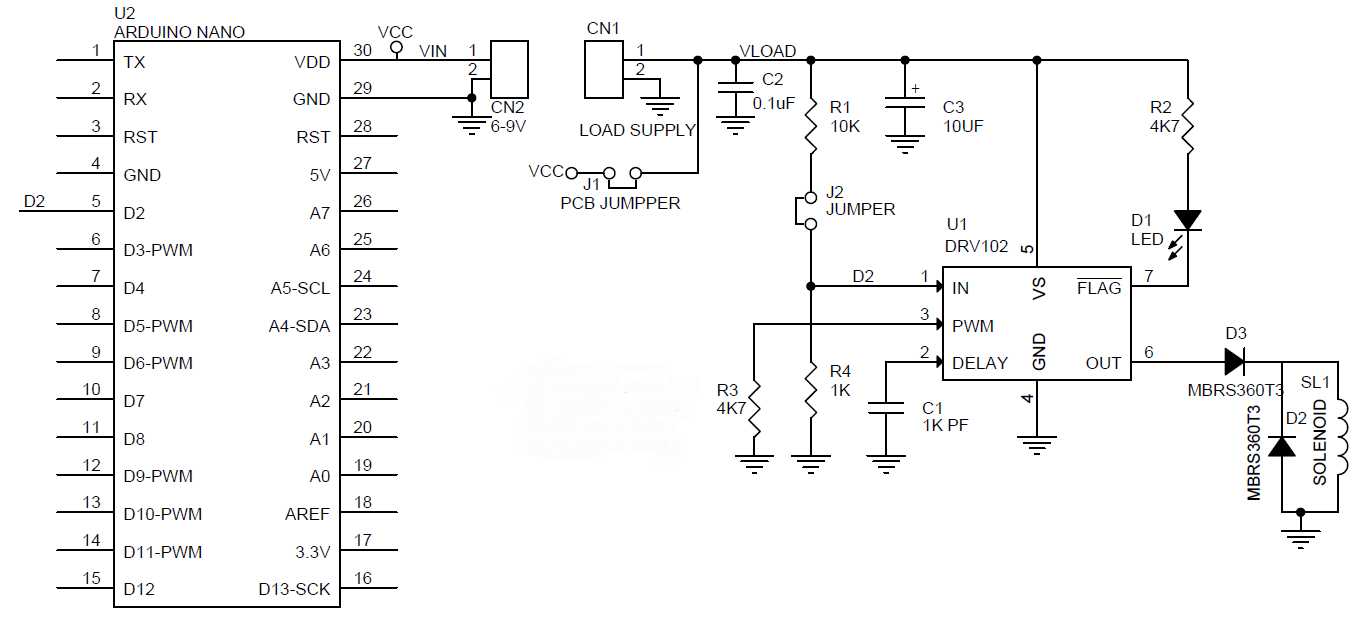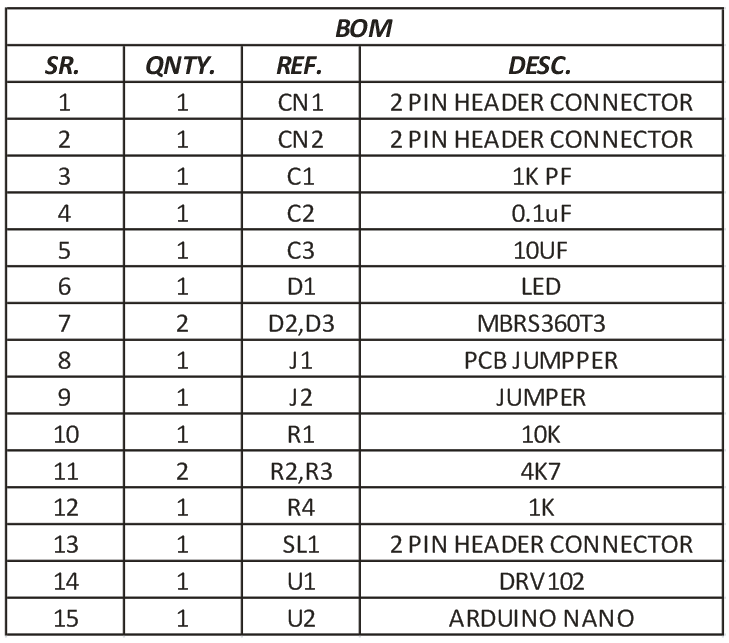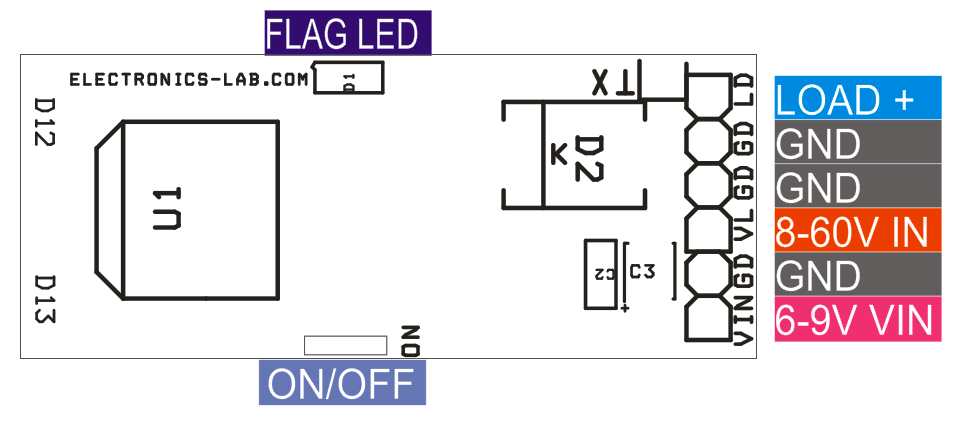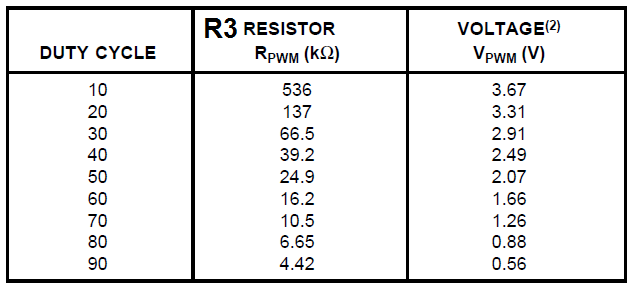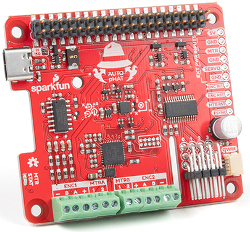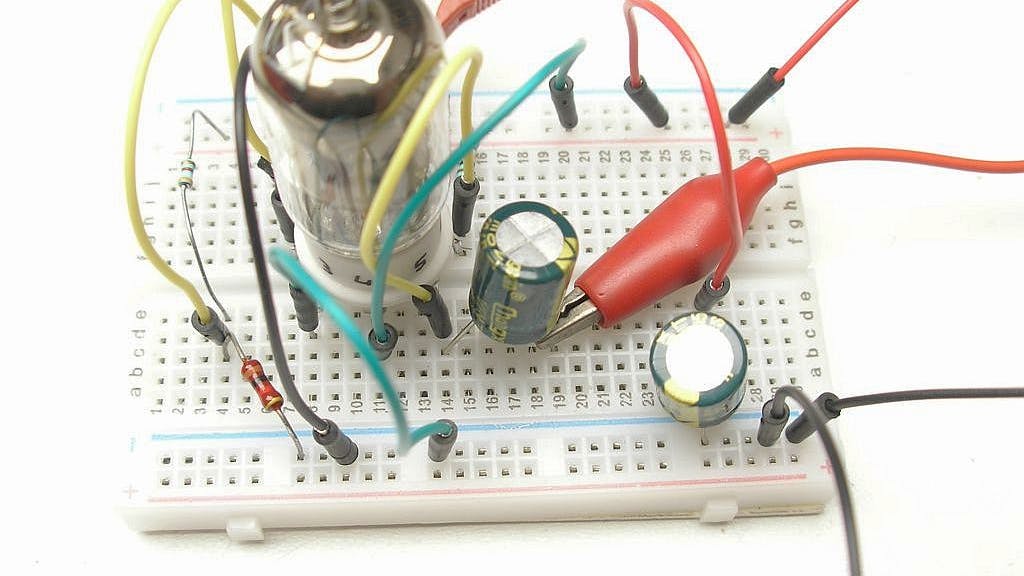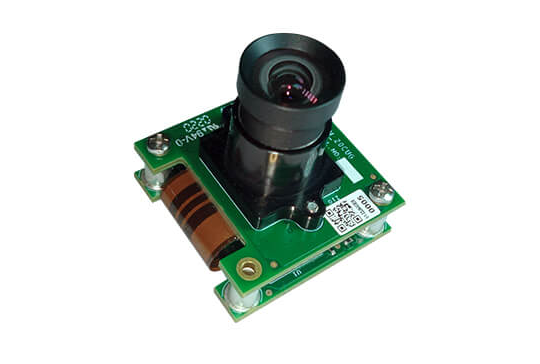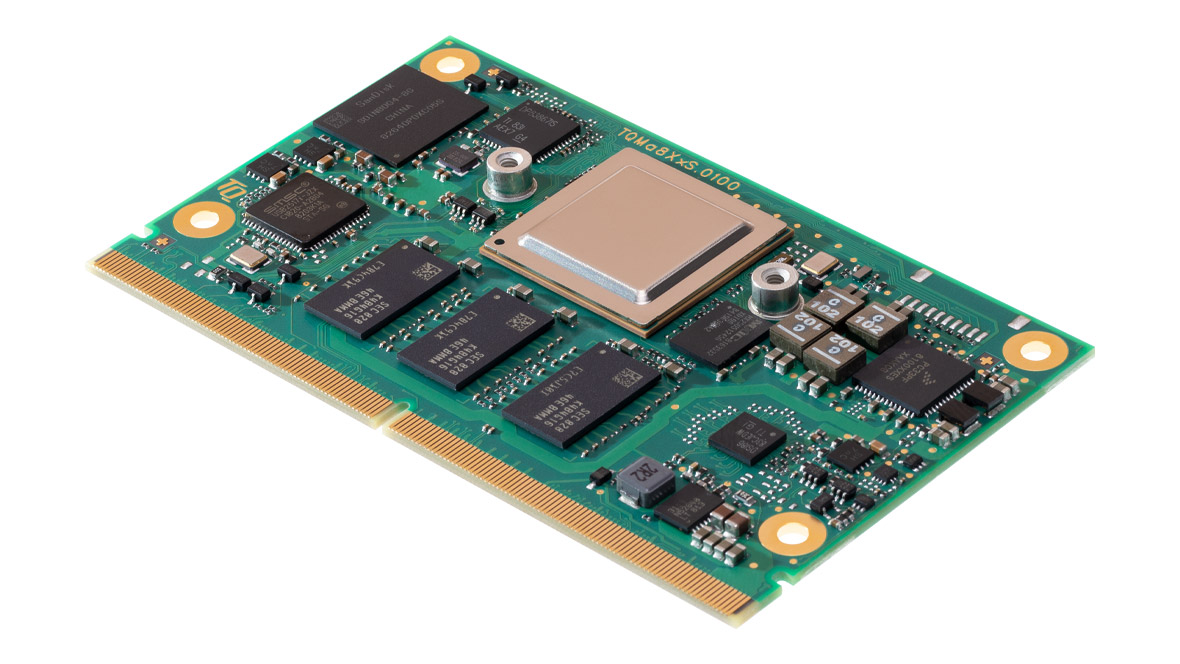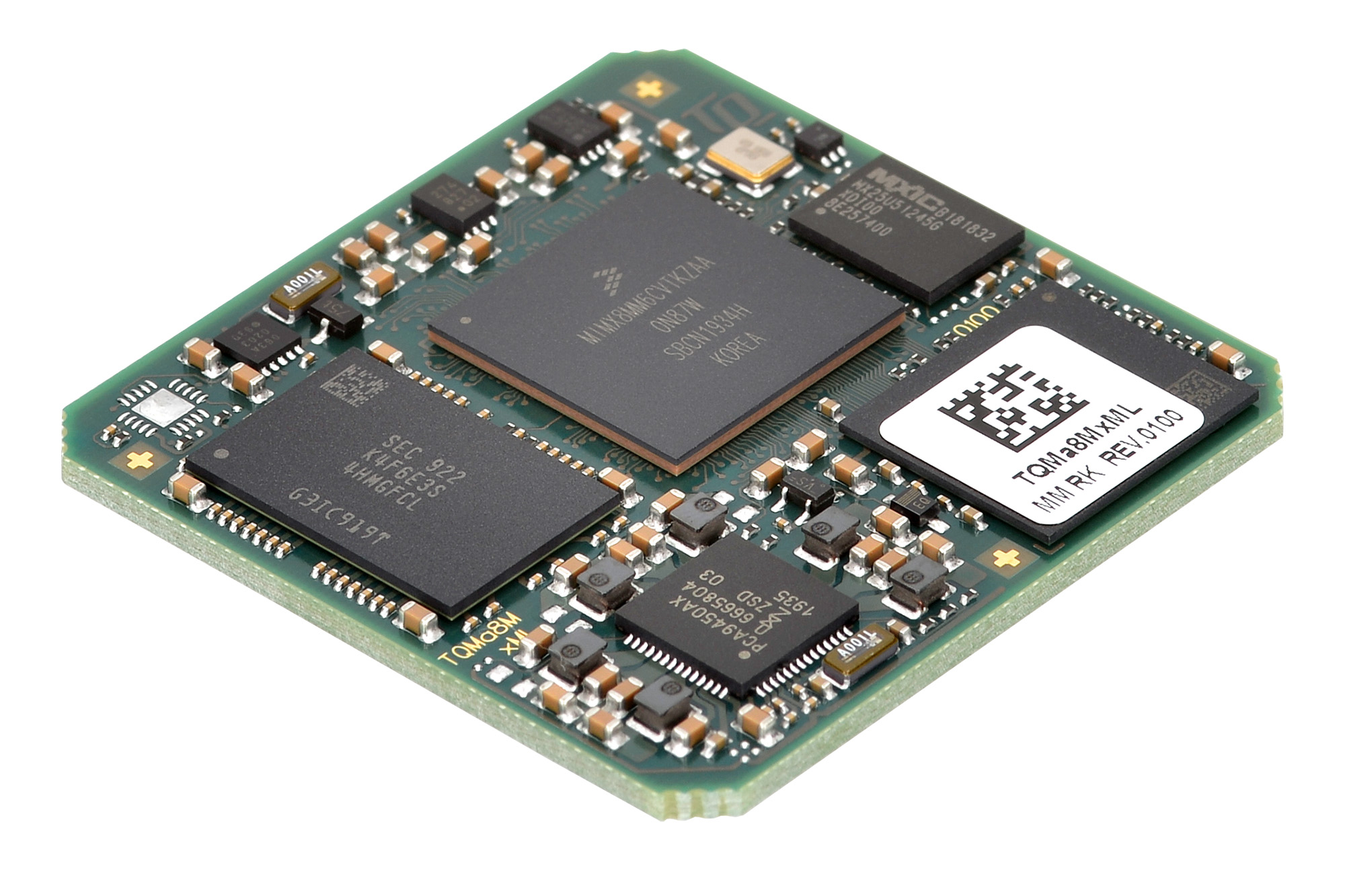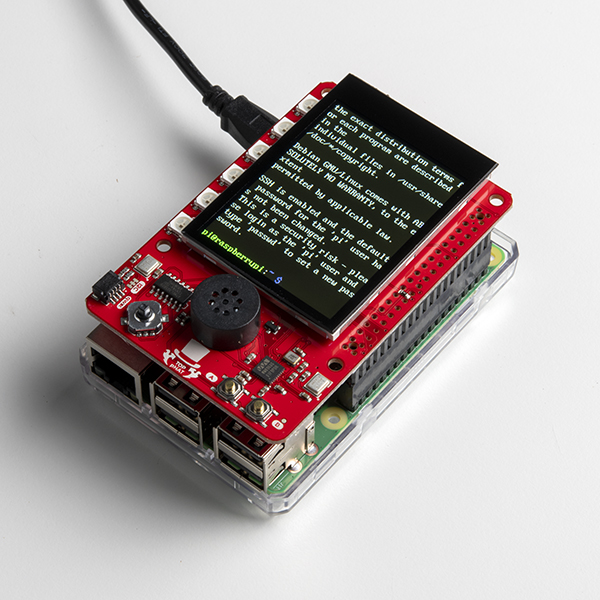
Available for sale at $29.95 and $49.95 respectively, the two new add-on boards recently launched by the Colorado-based Sparkfun for your Raspberry Pi, Jetson Nano and Google Coral development platforms can quickly add functionality and support to your single board computers without soldering: the Auto pHAT, all-in-one package for robotic controls and Top pHAT display board, perfect for implementing most machine learning applications that the Pi 4, Google Coral and Jetson Nano excel at.
While the Auto pHAT is feature-packed with motor and servo drivers for robotics and IMU for motor sense, the top pHAT has a 2.3-inch color display, LEDs, mic, buttons, and speaker for ML prototyping.
Auto pHAT
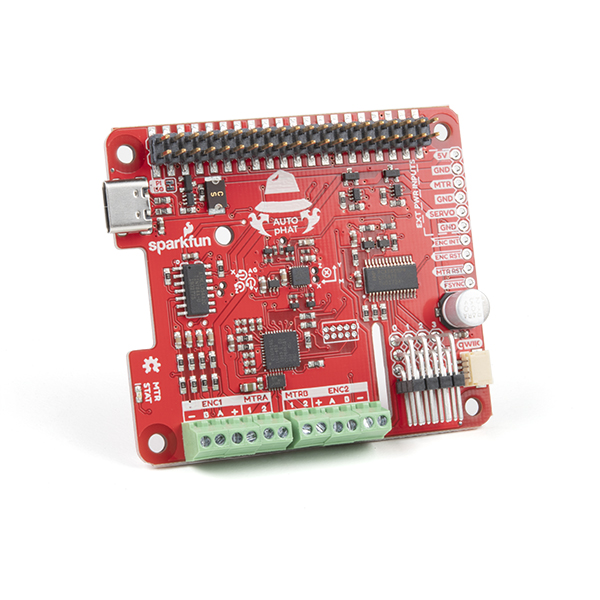
The Auto pHAT is capable of driving two small DC motors with or without encoders as well it supports up to 4 servo motors via 12C. Its servo control is based on a PWM-enabled servo pHAT with an I2C capability that saves the Raspberry Pi’s GPIO pins, allowing them to be used for other purposes. Hence, a unique robotics addition for boards with a 40-pin GPIO connector whether you use it with a Raspberry Pi, Google Coral, NVIDIA Jetson Nano, or any other single-board computer.
The Auto pHAT also has an ICM-20948 9DOF IMU for motor sense, where there are about 4 selected ranges from both the 3-axis gyroscope and 3-axis accelerometer alongside a 3-axis magnetometer. The power supply can be supplied in two ways: either a USB Type-C connector is used to power the pHAT as well as the Raspberry Pi connected to it or the pHAT is powered through the Pi’s GPIO and use the USB port to establish a serial connector with the Pi.
Top pHAT
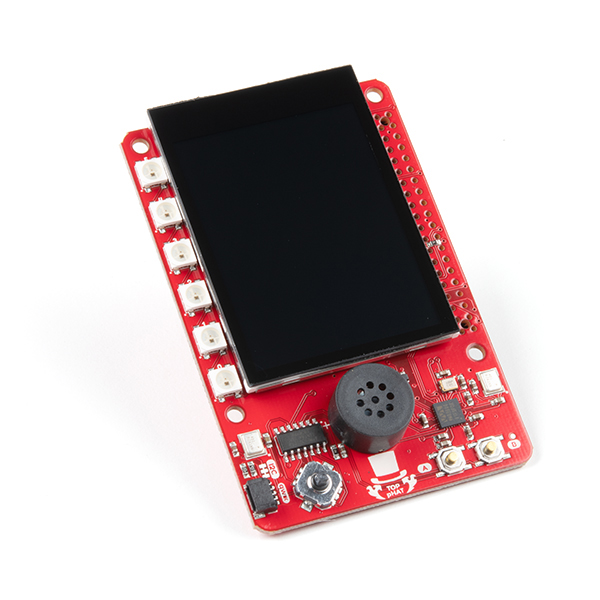
The Top pHAT, on the other hand, is a UI interface and control panel for Raspberry Pi projects. Though it lacks the 40-pin passthrough, the pHAT is equipped with incredible features like a color TFT display, dual user buttons, programmable joystick for robotic control and GUI, Qwiic connector, 6x LEDs, 2x microphones, mono speaker and an off switch that makes it perfect for machine learning, camera control feedback, voice control, and system status display applications. Just like the Auto pHAT, the Top pHAT does not disturb access to the Pi’s camera or display connectors.
They are both are open source hardware modules and more information can be found on SparkFun’s news. The Auto pHAT is currently available on its shopping page while the Top pHAT is still on pre-order with shipments scheduled to start very soon.



